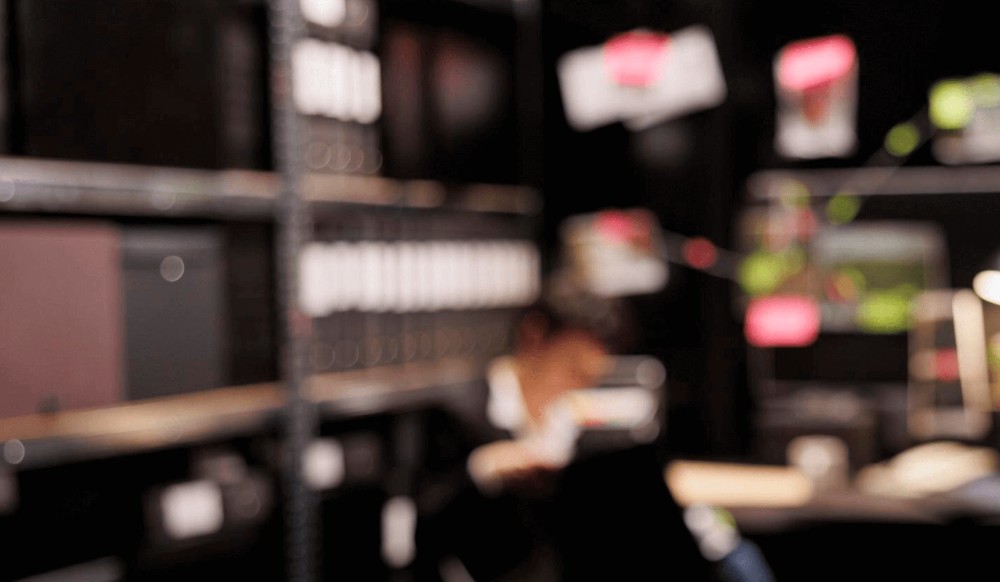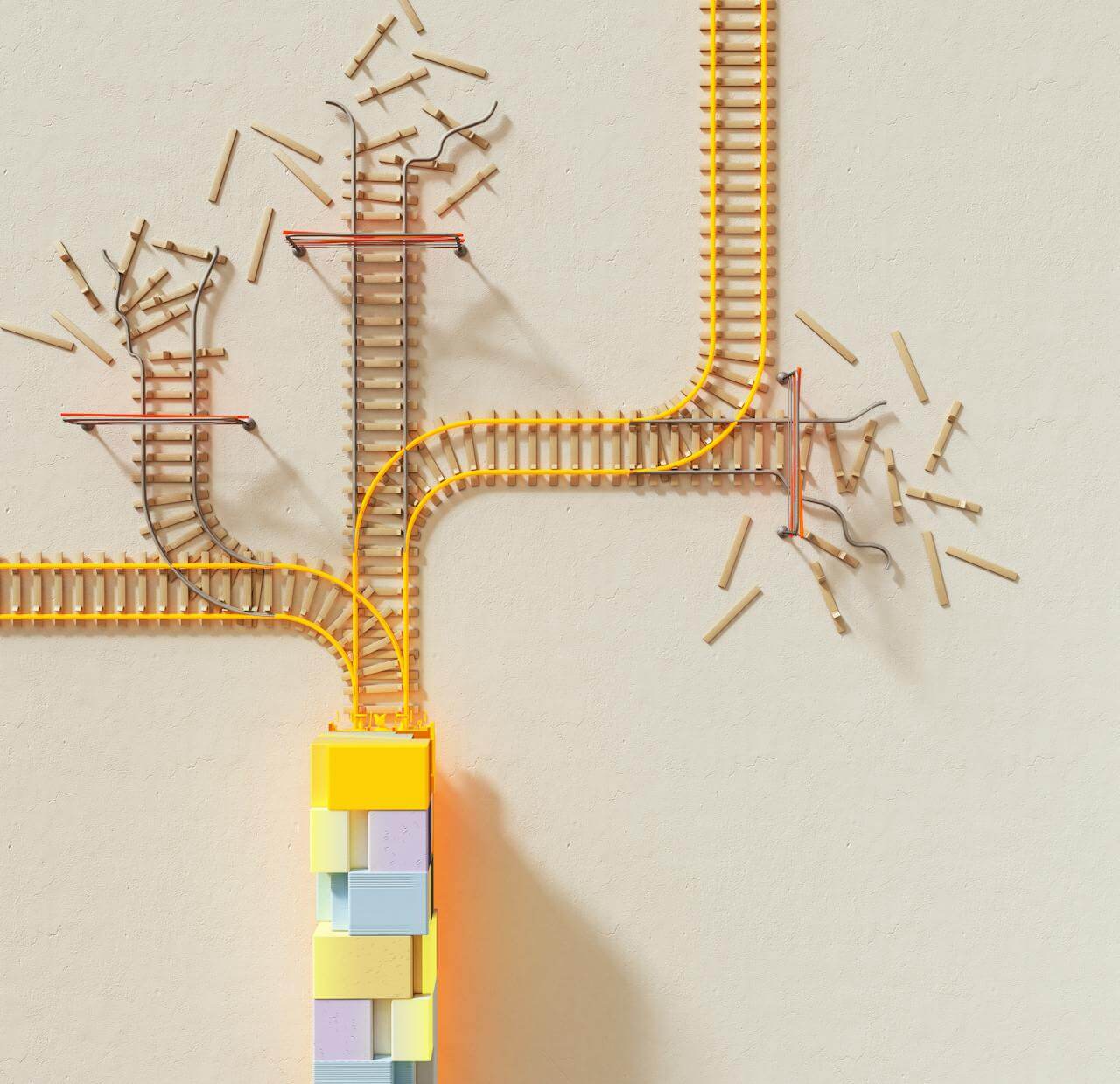Every empire writes its morality through the bodies of children. Whether on the battlefield or in the classroom, the logic is the same: to preserve order, someone must bear the cost of disorder. The child becomes both symbol and scapegoat—her pain rendered purposeful, her loss translated into moral instruction. I woke this morning to the sound of news describing booby-trapped toys in Gaza, left behind like bait, like lessons. Small hands reaching for colour and play, detonating not only the device but the myth of innocence itself. These children are not combatants, yet their wounds are narrated as consequence—as if they stumbled across inevitability rather than cruelty. Disabled children in our schools, punished in quieter ways: denied recess, removed from class, isolated in the name of safety. Their suffering, too, is rendered instructive, their pain treated as the price of another child’s peace.
-
In genocide and the classroom: the routinising of distress
A meditation on how institutions train people to ignore suffering—how desensitisation, scarcity, and forced optimism erode empathy and make harm seem ordinary.
Deterrence as morality
In both war and schooling, collective punishment masquerades as discipline. It declares that harm to one will protect the many. The act of deterrence is presented as care—a moral sleight of hand that turns cruelty into cautionary tale. In Gaza, a child loses a limb to teach others fear. In Canada, a child is excluded to remind peers to comply. The logic is chillingly consistent: the wound is supposed to prevent more wounds, the punished child becomes a living warning. And in both cases, adults perform sadness while defending necessity. They speak of hard choices and limited options, of tragic but unavoidable outcomes, as though the machinery of harm were an ungovernable weather pattern rather than a human invention.
The hierarchy of legible pain
Some suffering is seen, some is not. The camera lingers on certain children—the ones who look a certain way, cry a certain way, or whose stories can be absorbed without implicating the viewer. Other pain remains unrecorded, ungrieved, treated as ambient noise. In war, the illegible child is the one whose death is explained as proximity: too near a target, too close to militants, too unlucky. In education, the illegible child is the one whose distress cannot be translated into neat categories of behaviour. The autistic child who screams is said to be disruptive; the traumatised child who hides is said to be unmotivated. Their pain is either too visible or too quiet to be believed.
-
Collective punishment: how schools displace guilt, erase harm, and preserve the collective
One of the things that was so traumatising about the collective punishment that was callously perpetrated against my daughter was the light and evasive tone of the principal. She said that the punishment had to be “swift.” I frequently wondered about the choice…
The moral laundering of safety
The shared vocabulary between militaries and school systems is striking. Both insist on control, hierarchy, and obedience as prerequisites for safety. Both claim to act for the greater good while defining harm as collateral. In the classroom, the phrase “maintaining a safe environment” becomes the euphemism that justifies exclusion, restraint, or humiliation. In the war room, “neutralising a threat” serves the same function. The target is always reclassified until compassion becomes an inconvenience. The suffering of children—Palestinian, disabled, racialised, divergent—is folded into the story of necessary control. Safety becomes empire’s most effective disguise.
The economy of collective calm
Collective punishment stabilises the group through sacrifice. It converts individual anguish into social equilibrium. In schools, the exclusion of one dysregulated child restores the teacher’s composure and reassures the class that calm will be preserved. In war, the maiming of one child enforces terror to maintain submission. Both are economies of order sustained by visible suffering. The harmed child becomes proof that the system works—that the deterrent succeeded, that obedience was restored. Her body is made to speak a language she never chose: a grammar of warning, a cautionary tale written in skin.
Refusing the ritual
Remembrance demands rupture. It requires us to look at the machinery of collective punishment and refuse its logic—whether it wears fatigues or smiles. To honour the dead and the maimed is not to sentimentalise them but to end the conditions that require their sacrifice. If we truly remember, we cannot allow another generation of children—disabled, Palestinian, poor—to be offered up as examples of what happens when the vulnerable resist control. Their pain is not pedagogy. Their loss is not lesson. The only moral outcome worthy of remembrance is prevention, and the only honourable memorial is repair.
The unlearned lesson
Every time a child is punished to restore order, we repeat the oldest failure of civilisation: believing that innocence can be weaponised for stability. The booby-trapped toy and the isolation room share a lineage. Both teach children that safety is conditional, that peace belongs to the compliant, that pain is educational. But children are not warnings. They are the measure of whether our institutions deserve to endure. If remembrance has meaning, it is this: a civilisation that harms its children—any children—has surrendered its claim to moral authority.
-
Too afraid to see: why the BC government doesn’t track exclusion
Data is the scaffolding of democratic accountability. Without shared facts, policy becomes theatre and…
-
Counting crisis: data, distrust, and the false choice between safety and inclusion
Across British Columbia, the launch of Surrey DPAC’s Room Clear Tracker has ignited a…









